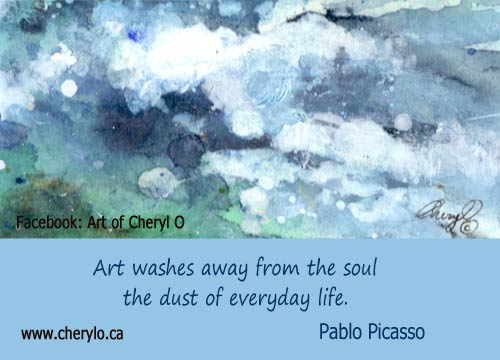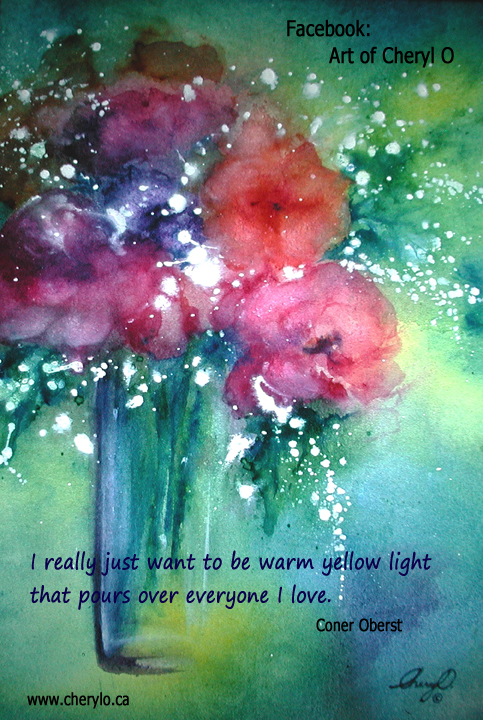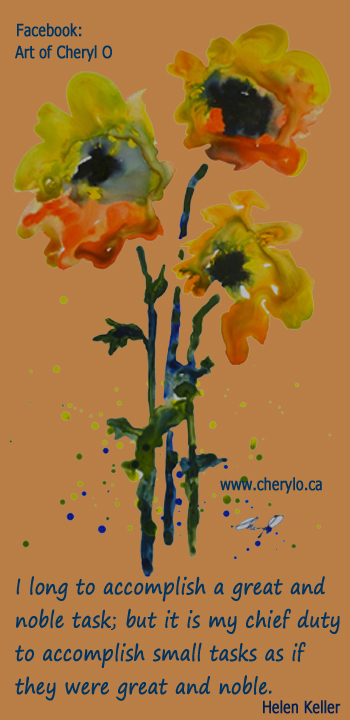
Mood in Lines
The mood of any painting is determined by many of its different attributes. One aspect is the main direction of lines. A horizonal flow is considered more peaceful. A vertical emphasis is considered strong and stable. And a diagonal is considered energetic and more liable to indicate movement. When you first plan a painting, it’s good to consider the overall mood that you are wanting to capture, and then see if you can emphasize the direction of lines that will most enhance that mood. When you think about this aspect in the painting here, the distance trees and fence posts give strength and stability. The horizontal lines in the nearest path speak of peace, and the diagonal movement of the more distant path would indicate movement and adventure. Still, any one of these would speak more strongly if the others were not there as well, but it does make for an interesting combination.





